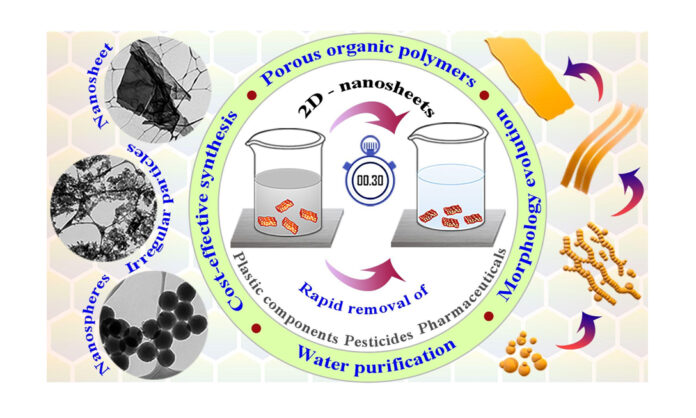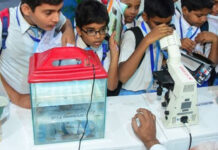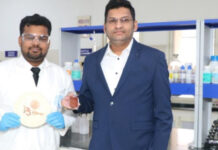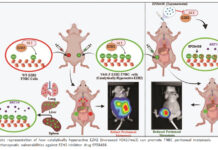New Delhi, Feb 15: A team of researchers at the Indian Institute of Science Education and Research (IISERB)-Bhopal has developed a set of organic polymers, which promises to help remove organic micropollutants from water more effectively.
Water contamination due to anthropogenic waste discharged to surface and groundwater by domestic, agricultural, and industrial sectors is an issue of prime concern. These wastes contain large numbers of organic and inorganic micropollutants. Organic micropollutants can pose a severe threat to human health and aquatic lives, even in trace quantities.
The major organic micropollutants found in the surface water bodies include pharmaceuticals such as antibiotics and steroids; industrial chemicals such as dyes, food additives, endocrine disruptors, and plastic precursors; and agricultural residues such as pesticides, herbicides, and fertilisers.
A process called ‘sorption’ is one of the most energy-efficient techniques available to purify water from organic micropollutants. However, commonly used carbonaceous adsorbents for the process suffer from several bottlenecks including, a slow uptake rate. There has been a need for materials that can scavenge the pollutants from water rapidly and can be synthesized easily on a large scale through simple fabrication techniques. The new work at IISER-Bhopal promises to achieve this.
The researchers developed a series of ‘hyper-crosslinked porous organic polymers’ (HPOPs) with distinct morphologies, from spherical nanoparticles to two-dimensional nanosheets. They finally zeroed in on a two-dimensional HPOP using a chemical called triptycene. The material was found to have a remarkable capacity to act as a sponge for the adsorption of various organic micropollutants from water, with a high surface area of 2,400 square metres per gram.
According to the scientists, tests showed that the material could sequester a broad spectrum of organic micropollutants, including antibiotics, endocrine disruptors, steroid-based drugs, ionic dyes, plastic precursors, pesticides, and herbicides within just 30 seconds. The adsorption rate for methylene blue, one of the highly toxic wastes from the dye industry, was one of the highest among the well-known adsorbent materials reported in the literature.
The study was led by Dr. Abhijit Patra, Associate Professor at the Functional Materials Laboratory of the Institute. The team included Mr. ArkaprabhaGiri, Mr. Subha Biswas, Dr. MD. Waseem Hussain, and Mr.Tapas Kumar Dutta. They have published a report on their findings in the science journal ACS Applied Materials and Interfaces of the American Chemical Society., This project was funded by the Department of Science and Technology (DST), Government of India, under its ‘Centre for Sustainable Treatment, Reuse, and Management for Efficient, Affordable and Synergistic solutions for Water’ Initiative. (India Science Wire)
To get more updates, Follow us on Facebook, Twitter and Instagram. You can also join our Telegram Channel






















